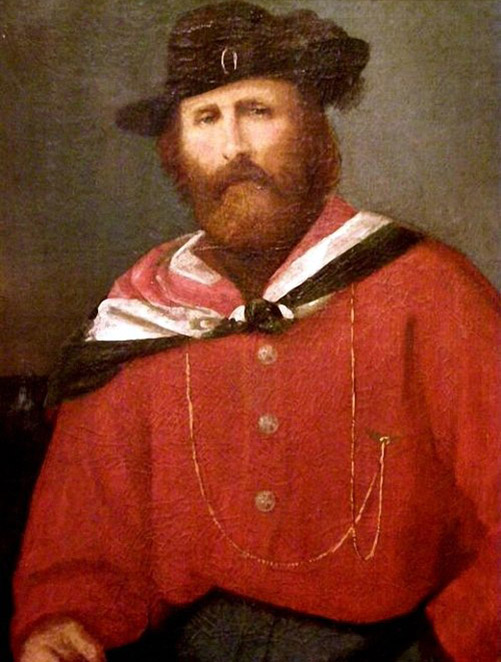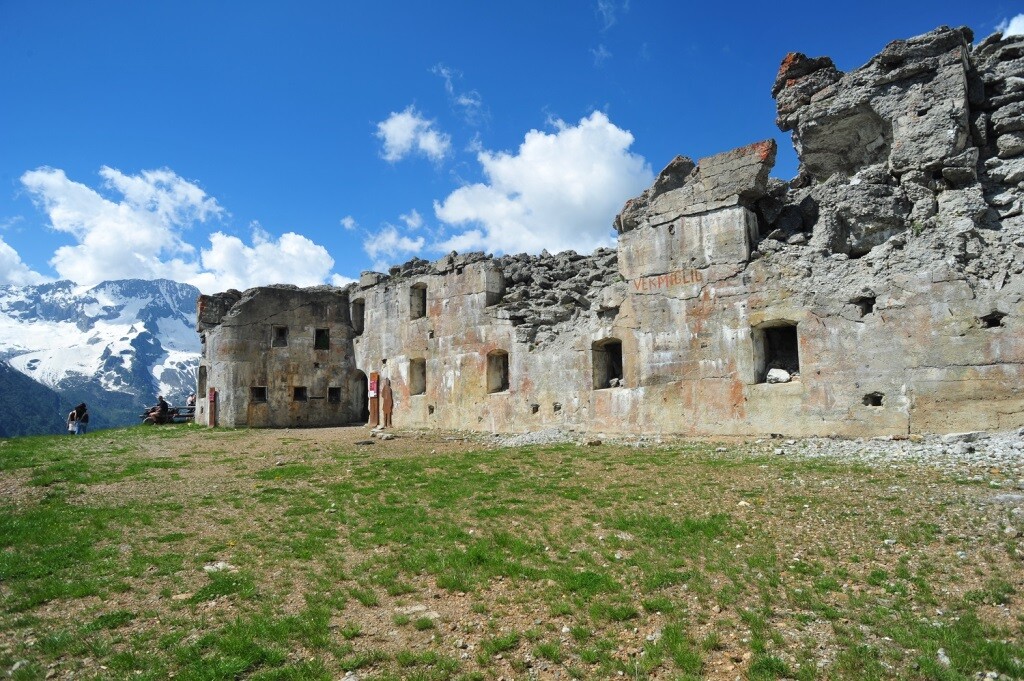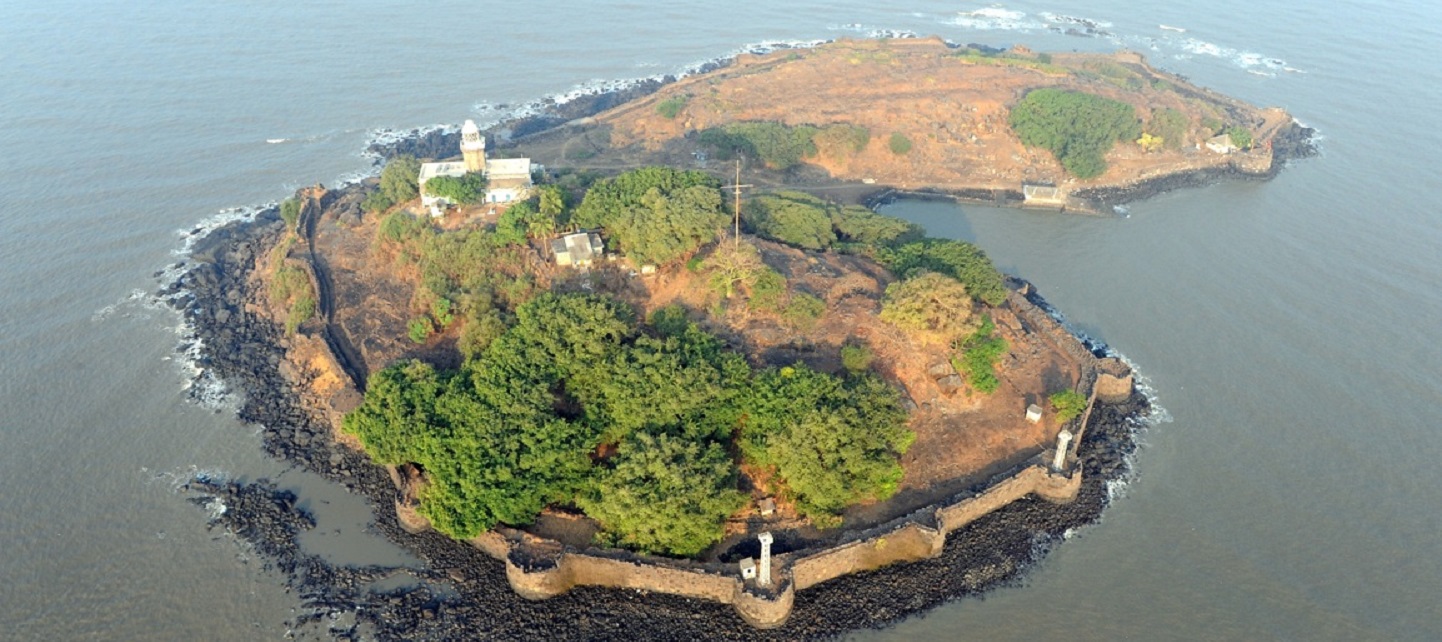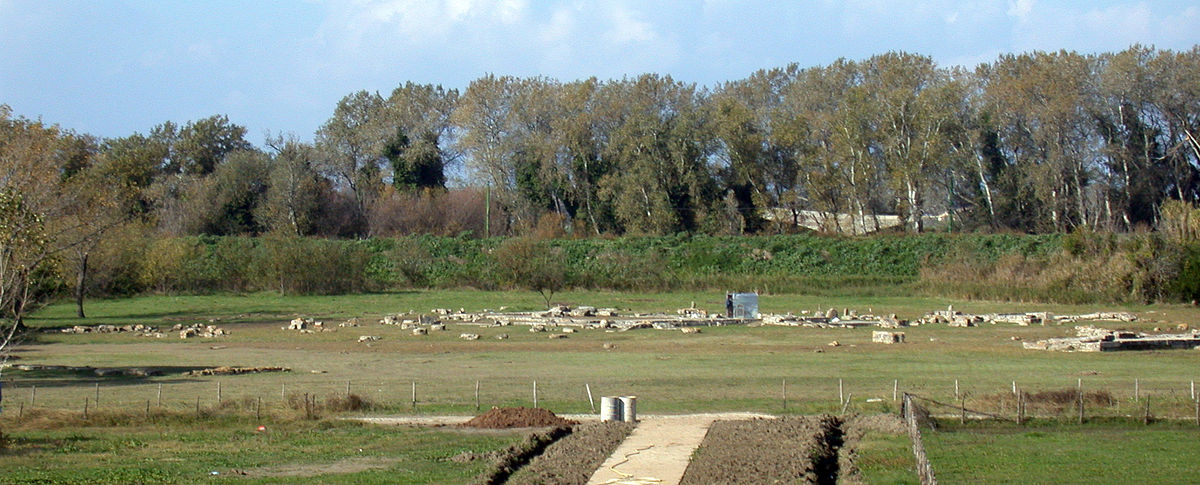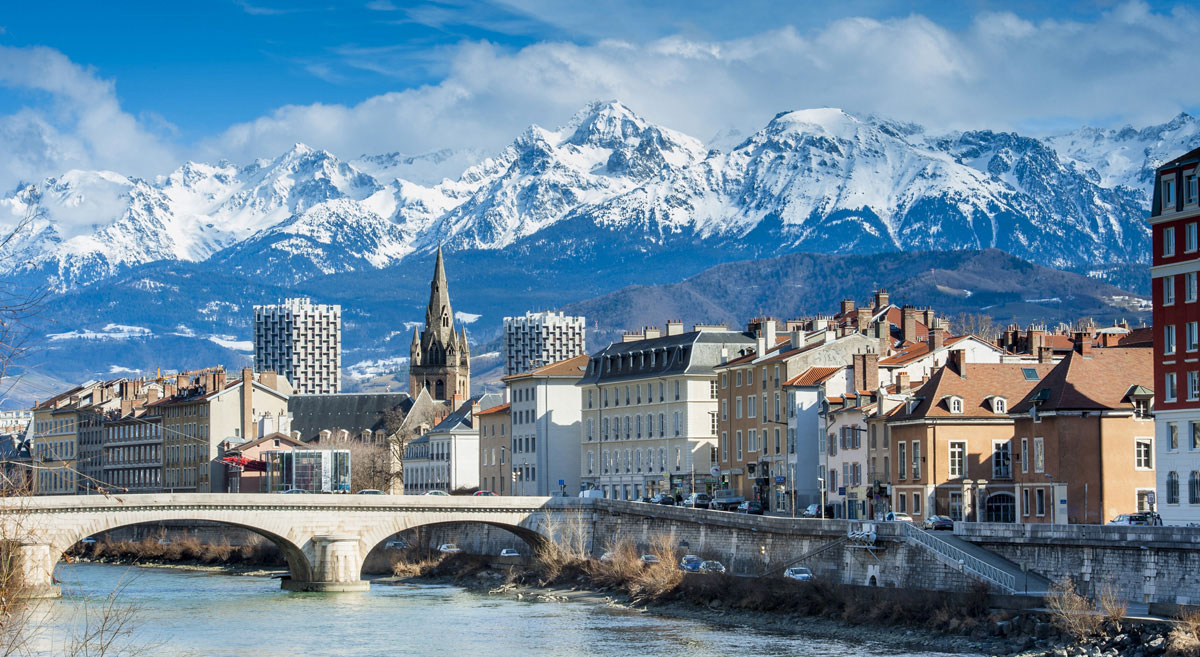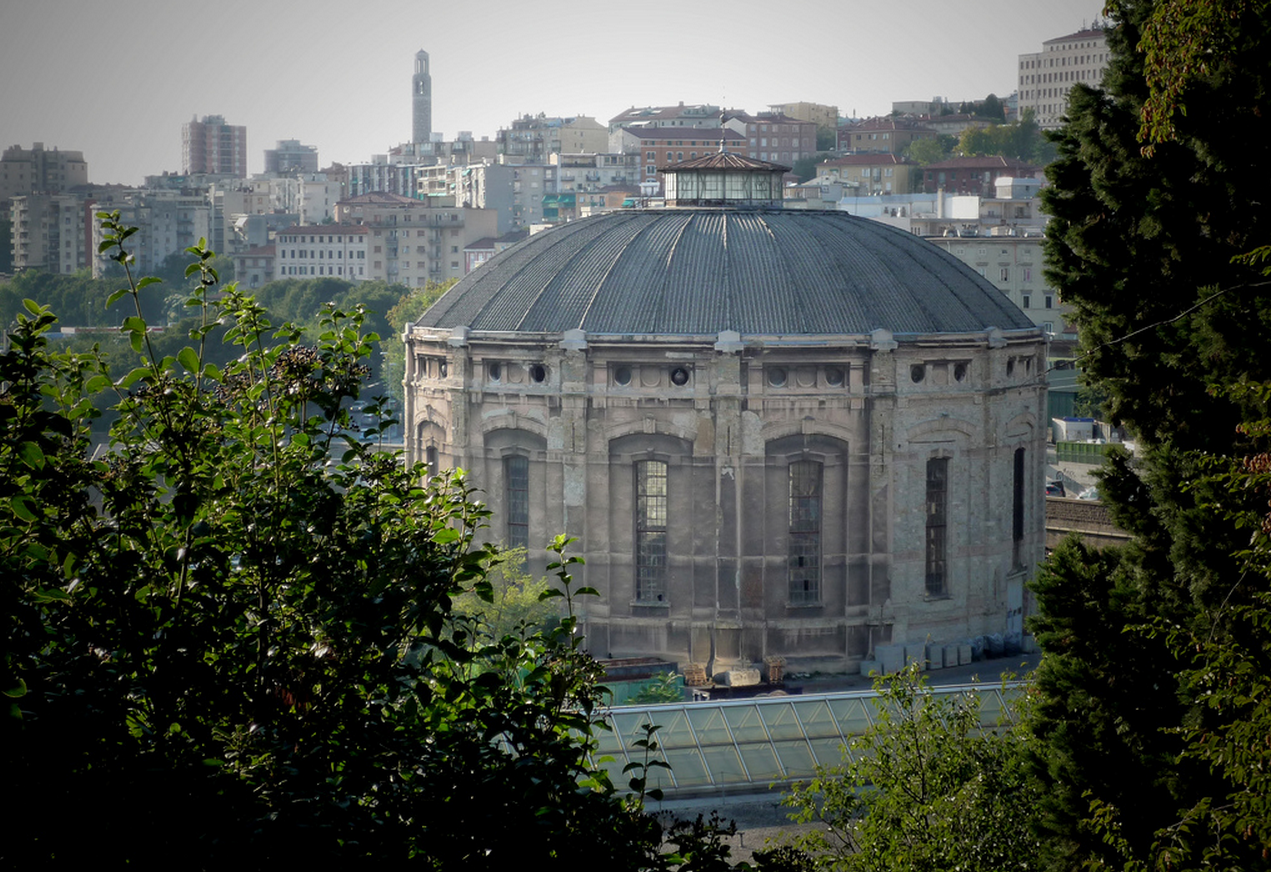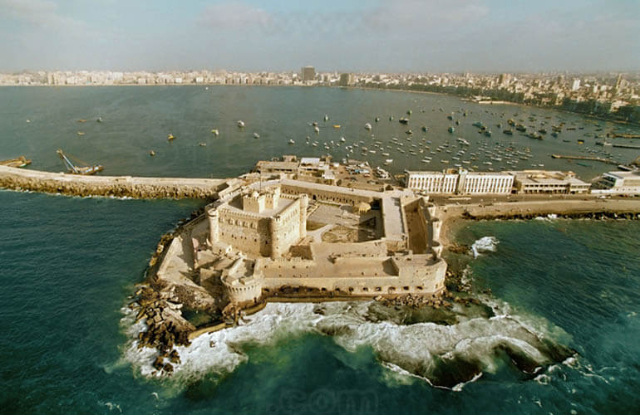Giuseppe Garibaldi settled in Caprera in a particularly difficult period, after the death of Anita, the fall of the Roman Republic, the abandonment of his children, and found in this environment the ideal atmosphere for the last twenty-six years of his life. The complex is located in a particularly suggestive environment due to its proximity to the sea, with the granite rock outcropping and the typical Mediterranean vegetation.
The house is simple: white, masonry, with a terraced roof, similar to many of the houses that he had occasion to see in the long years spent in Montevideo and other places where he fought for the freedom of the South American peoples. Garibaldi began to build it in 1856, a few months after his arrival in Caprera. The previous year, with the inheritance left to him by his brother Felice, he had decided to buy half of the island. For some time, together with his son, who was then sixteen years old, he slept in a restored sheepfold. Then he moved to a small wooden house, still preserved today, starting at the same time the building of the "White House", completed after one year.
The visit to the White House starts from the atrium, where rifles, sabers, bayonets, the black flag of the assault units and the Uruguayan flag are collected. Here are also the field box and the wire mesh that accompanied the hero in the war campaigns and the carriage donated to the general by the City of Milan in 1880. On the wall is a fine portrait of Giuseppe Garibaldi, painted by J. Shotton on board the merchant ship Commonwealth. From the atrium we pass to the bedroom, originally that of his daughters; a valuable briarwood closet with strongly carved frames, the desk and the pianola, a reminder of the general’s love for music, stand out; the bedside table next to the bed was made personally by Garibaldi while the orthopedic bed is the one on which the hero spent most of the time in the last years of his life. On the walls, portraits of his children and his wife and on the bed a large photograph of Garibaldi’s wedding in January 1882. Next door is the room of his son Manlio, with the original furniture, among the various objects stands the model of a sailing ship with which Garibaldi taught his son nomenclature and maneuvers marine and, in a shrine, a small armor and a helmet given to Manlio by a Garibaldian. The same objects appear in an oval photograph on the wall, worn by the boy. A late eighteenth-century closet is perhaps the most valuable piece of furniture in the White House and contains the uniform of Manlio, a lieutenant of the Italian Navy. The adjoining room is that of Delia, reconstructed in the appearance it probably had when Garibaldi’s daughter lived there. Then comes the kitchen with the large stone fireplace, flanked by the oven, the oil lamp, the water pump, the rotisserie. The next room is now used as a room of memorabilia and there are kept the most personal objects of the hero. At the end of the path, the dining room of Garibaldi’s first house has been reassembled, with the sideboard belonging to his mother, the round table, the corner table, the Luigi Filippo sofa. On the walls, two paintings of famous subjects: Garibaldi and the major Light carrying Anita dying, a copy by Pietro Bouvier (Milan, Museo del Risorgimento), and Don Giovanni Verità, a copy made in the early twentieth century by Vincenzo Stagnani of the portrait painted by Silvestro Lega in 1865 (Milan, Civica Raccolta delle Stampe); above the sofa is placed the painting with the Escape of Anita. In the showcase-closet are Garibaldi’s clothes: the poncho, the white cloak with a heartbeat, the red shirt. In the showcases, objects of various kinds, among others, the so-called bullet of Aspromonte (however, it is not certain whether the authentic one is at the Museum of the Risorgimento in Turin), the tinder box given to Garibaldi by Antonio Meucci in America and some tricolor candles manufactured precisely in the workshop of Meucci. On the chest of drawers, a cork model represents the battle of Solferino; on the walls, certificates of appointment as honorary president of many associations, including that of the Società Atea (Venice, 1879). We move on to the living room, Garibaldi’s bedroom at the time of construction of the building: a walnut desk, a canter, a mirror, on the sides two pieces of furniture with books, the fireplace and, above, the oil portrait of Rosita, his four-year-old daughter who died in Montevideo. The portrait of Colonel Venancio Flores, political antagonist of the hero because he advocated a strategy of peace with Argentina, and the portrait of a Garibaldian who fell while fighting for the freedom of Poland, stand out. The portrait of his mother Rosa Raimondi is a copy of the print existing at the Museo del Risorgimento in Turin. Among the furniture there is a leather armchair with reclining back given to Garibaldi by Queen Margherita of Savoy. On the left of the path there is an iron door that leads to the room where the hero died: in the middle, under a shrine, there is the bed; it is surrounded by a balustrade donated by the Società Reduci di Livorno to protect it from the curiosity of visitors. In front of the fireplace is another of the carriages. In a corner, the medicine cabinet with bottles containing preparations put together by the general himself. On a small table rests the sheet-holder used by Garibaldi to isolate his wounded leg at Aspromonte. Above the lintel of the door the English-made clock marks the time of death (18.20). Among the paintings, the one of greatest interest is the portrait of Giuseppe Garibaldi executed from life by Saverio Altamura in 1860.
